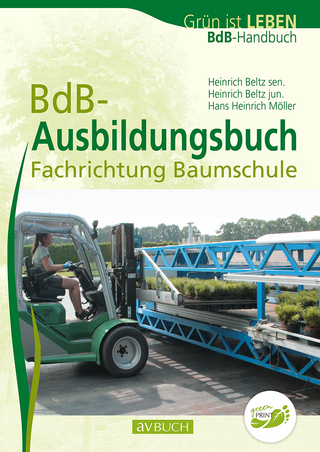
The World Oestridae (Diptera), Mammals and Continental Drift
Springer (Verlag)
978-94-010-1308-6 (ISBN)
Hypodermatidae, Rutteniidae and Cutere- bridae) -oviparous Dies; the egg is laid near the lairs of the host, on an intermediary vector, mainly haematophagous Dies (in the unique case of Dermatobia hominis), or directly on the host's skin, the egg being then adapted to adhere to the hairs; the 1st stage larva penetrates through the skin of the host, completing its development subcutaneously.
A. History, Folklore, Biology.- I. History of knowledge about Oestroidea.- II. Popular knowledge about the Oestroidea.- III. Biology of the Oestroidea—The phenomenon of aggregation.- IV. References.- B. Systematics and phylogeny of the Oestridae.- I. Key to subfamilies.- II. Subfamily Cephenemyiinae Townsend.- III. Subfamily Tracheomyiinae, new.- IV. Subfamily Pharyngobolinae, new.- V. Subfamily Oestrinae Leach.- VI. Phylogeny of the Oestridae.- VII. Bibliography of Oestridae.- C. Characteristics of the hosts of Oestridae.- I. List of present hosts.- II. General considerations about the hosts.- III. References.- D. Hypothetical history of Oestridae evolution.- I. Origin and diversification of the family.- II. The problem of the present absence of Oestridae in South America.- III. The problem of the presence of Oestridae in Australia.- IV. Evolution in Africa.- V. Evolution in Eurasia and North America.- VI. References.- Abstract.
| Reihe/Serie | Series Entomologica ; 14 |
|---|---|
| Zusatzinfo | 248 p. |
| Verlagsort | Dordrecht |
| Sprache | englisch |
| Maße | 155 x 235 mm |
| Themenwelt | Sachbuch/Ratgeber ► Natur / Technik ► Garten |
| Naturwissenschaften ► Biologie ► Evolution | |
| Naturwissenschaften ► Biologie ► Zoologie | |
| ISBN-10 | 94-010-1308-X / 940101308X |
| ISBN-13 | 978-94-010-1308-6 / 9789401013086 |
| Zustand | Neuware |
| Haben Sie eine Frage zum Produkt? |
aus dem Bereich


